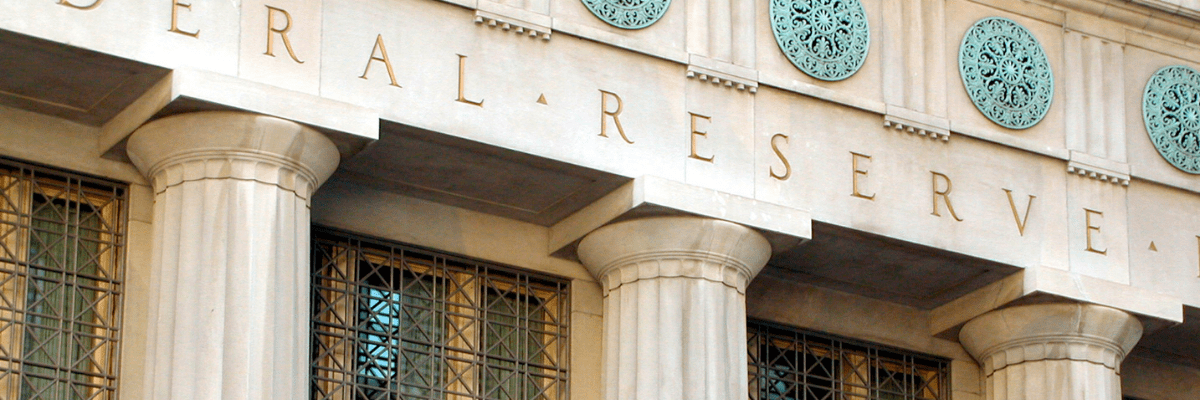November News

High home prices could drop in November as mortgage rates increase, economist says
Home prices are rising, though not at the same record pace as earlier this year. As a result, economists say both homebuyers and homeowners should expect substantial home value increases annually, but decreases month-over-month toward the end of 2021.
“The typical home listing price growth has slowed from its earlier year double-digit pace, but over the last month or so home prices have shown remarkable sticking power, settling in a pattern of high single-digit growth,” Realtor.com Chief Economist Danielle Hale said. “This is likely to continue through the end of 2021 as plenty of buyers are bumping up against relatively few homes for sale.
Homeowners can take advantage of high home price growth in today’s real estate market by taking out a cash-out refinance on their homes. They can use these funds on home renovation projects or consolidate high-interest debt.
Read the full article here

Federal Reserve to begin tapering monthly asset purchases
The Federal Reserve declared that it will begin tapering its asset purchases, a development that was widely expected around the mortgage lending industry.
The change was announced after the Wednesday meeting of the central bank’s Federal Open Market Committee (FOMC), which cited COVID-19 vaccination progress, strong policy support, and strengthening employment and economic activity in making its decision. The Fed had been undertaking asset purchases at a monthly rate of $120 billion. Now the fed will begin pulling back on these purchases by $15 billion per month — tapering $10 billion from its purchases of Treasury securities and another $5 billion in agency mortgage-backed securities.
Tapering is set to begin “later this month,” which would bring November’s acquisitions to $70 billion in Treasury securities and $35 billion in mortgage-backed securities. In December, these purchases will be reduced to $60 billion and $30 billion, respectively, and so on. Per the FOMC’s statement, it will continue to monitor the economic situation moving forward and is prepared to adjust the pace of purchases again if warranted.
The Fed’s asset purchases have helped keep financing affordable during the COVID-19 health crisis. With the Fed now winnowing these activities, interest rates are projected to keep trending upward.
Read the full article here.
Debt Service Coverage Ratio: No-Income Mortgage Loans
Griffin Funding offers DSCR (debt service coverage ratio) loans at a ratio as low as .75 to allow you to qualify on the cash flow of the property only, and we even have no-ratio DSCR loans where the DSCR isn’t taken into account for vacant properties that have yet to be rented out. Since the majority of real estate investors typically flip homes quickly or use rental income to repay the mortgages of their investment properties, these loans exclude investors from the rules of repayment that are typically required.
No tax returns or your personal income is required. We look at: Credit score, rental income, appraisal (to ensure you have at least 20% equity), and verification it’s to be used as a rental property and not primary residence.
Get more information about this type of loan here.
Griffin Funding Review Highlight:

Find the best loan for you. Reach out today!
Get StartedRecent Posts
Conventional Loan Limits in 2025
If you plan to purchase or refinance a home in the coming year, understanding the conventional loan limits in ...
Current Mortgage Rates
What Affects Mortgage Rates? Mortgage rates fluctuate constantly based on a variety of economic variables and ...
Mortgage Refinance Limits
Your Refinancing Options Most owners have several refinancing pathways depending on their financial goals and ...






